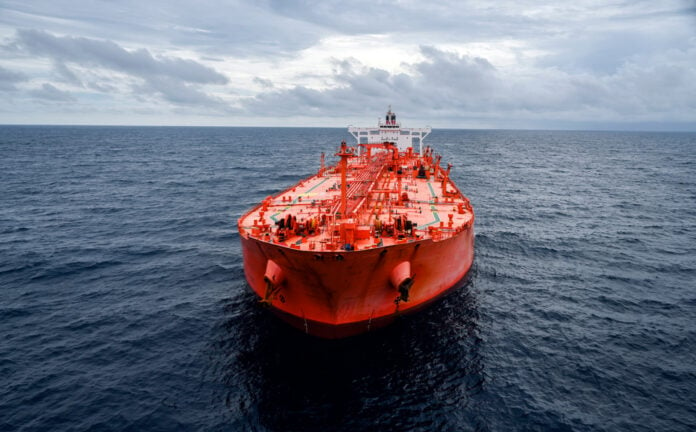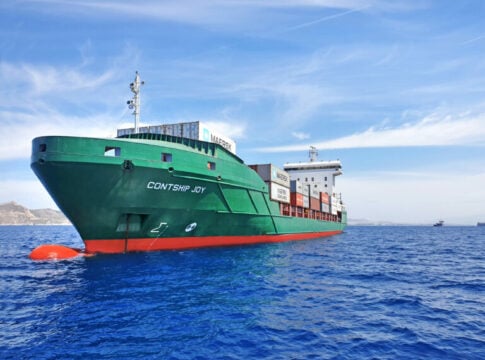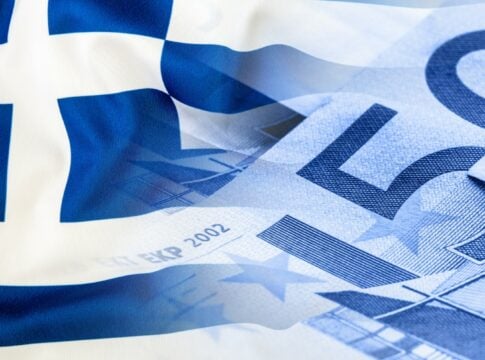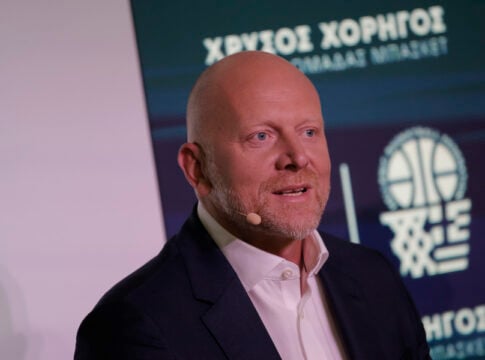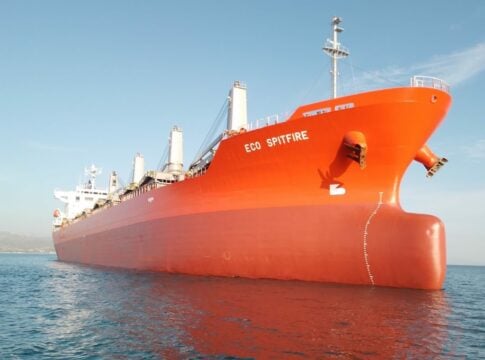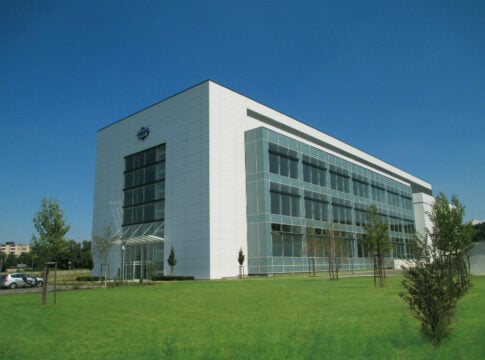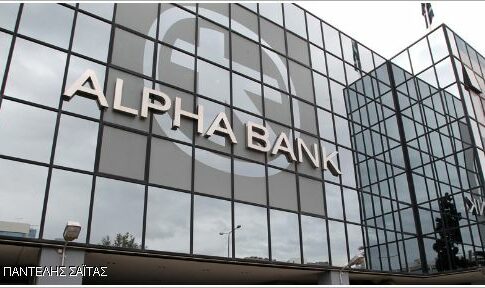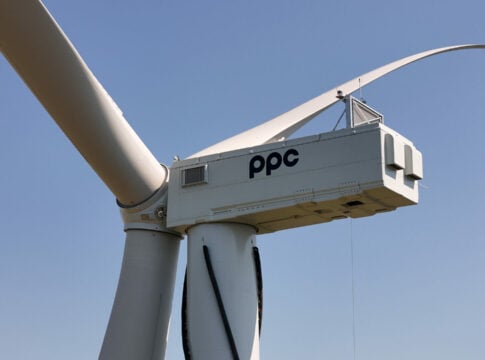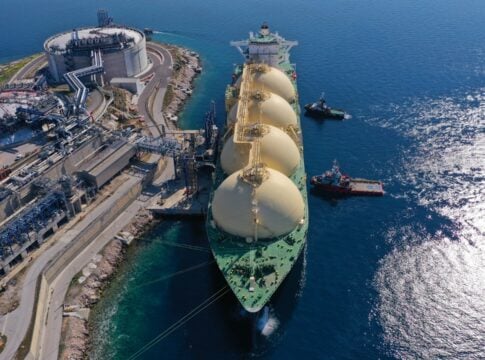The geopolitical and commercial “controversies” between the most powerful countries in the world are changing the landscape in Greek shipping in terms of investments.
Despite the uncertainty, Greek shipowners prove to be resilient once again.
According to the analysis prepared exclusively for “Naftemporiki” by Chara Georgousi, Head of Valuation at Allied QuantumSea, there are two main characteristics of the shipbuilding market so far in 2025. The first concerns the shares of Greeks in new shipbuilding. Despite the fact that overall and in absolute numbers new orders are declining compared to the corresponding period in 2024 and 2023, Greek shipowners are increasing their shares from 11.5% in 2024 to 15.8% this year. As Georgousi stated, in a “tighter” shipbuilding cycle, each order has greater weight – and the Greeks seem to be taking full advantage of this advantage.
The second is the preference for South Korean berths. According to Allied QuantumSea research, while in 2024 63.5% of orders were placed with Chinese shipyards, this year this percentage fell to 32.3%. In contrast, South Korea absorbed about 70% of Greek contracts, recording a significant increase compared to last year’s 31%. Japan remained consistently low, with just 3% participation this year.
This shift, according to Hara Georgousi, reflects the uncertainty that prevailed in recent months after the US announced the imposition of tariffs on Chinese-built and owned ships approaching American ports in mid-March, which turned Greek investors away from geopolitically sensitive areas. For many Greek shipowners, this potential for regulatory costs and commercial uncertainty translated into an immediate change in strategy – not only for the ships, but also for where they are built.
Greek orders
2025 finds the global shipbuilding market on a steady slowdown trajectory. Investment appetite for new ships has been significantly reduced compared to the previous two years, with global orders reaching just 439 ships in the first four months of the year, a four-year low (980 ships in the same period in 2024 and 809 in 2023). The 2025 market is close to 2020 levels and signals the prevailing caution, both due to macroeconomic challenges and increasing regulatory and geopolitical uncertainty.
Amid this generalized uncertainty, the Greek presence stands out not for its volume, but for the depth of its strategy, Georgousi noted. Greek shipowners are investing selectively, moving their orders to more technically reliable and regulatory-aligned manufacturers, avoiding geopolitical risks and giving a clear signal of strategic direction.
Orders from Greek interests decreased from 112 to 65 ships, however their share in global contracting increased substantially from 11.5% to 15.8%, revealing a strengthening of Greek influence in an environment of lower international activity.
The distribution of Greek orders this year shows a clear focus on two main fronts: Tankers (49%) and containerships (43%), while there is an almost complete absence of orders in bulkers and gas carriers. The distance from the LNG sector is perhaps the most resounding differentiation this year and underlines the caution towards the increased risk of oversupply.
Overall, tankers maintain sustainable balances with a 13.4% order-to-fleet ratio and a 24.3% share of the global orderbook. In containerships, the ratio is 12.8% and the share is 13.6%, indicating an attempt at stabilization. In contrast, bulkers are moving conservatively (10.4% ratio and 22% share), with a wait-and-see attitude.
Competition
China is marginally ahead of Greece with 69 orders (15.7% of global volume), mainly in tankers (52%). The Japanese recorded 23 new orders (5.2%), mainly in bulkers (39%) and gas carriers (17.5%).
Containerships: New orders
The market is in a transitional stage, with deliveries intensifying and the orderbook reaching 30% of the fleet. In larger ships (>8,000 TEUs), the percentage exceeds 46%. Prices are rising in small sizes, especially feeders, due to intraregional trade in Asia.
LNG: Strong orderbook
The LNG market is slowing down, spot rates are at historic lows and values are falling. Investment activity is freezing and anticipation of the future prevails. Decommissioning, dismantling or conversions to FSRUs are being discussed.
Tankers: Positive signs
The market shows positive signs, especially in crude tankers. Product tankers are pressured by fleet growth (+5%). Only 134 new orders this year. Second-hand purchases are declining and the average age of ships changing hands is reaching 15 years.
Dry Cargo: Cautious moves
The market is vulnerable. Freight rates are moderate, profits are low. Supply is increasing (+3%), especially in Kamsarmax. Scrapping is limited. Second-hand orders are decreasing (215 this year from 329 last year). Only 47 new orders in shipyards, indicating a wait.


